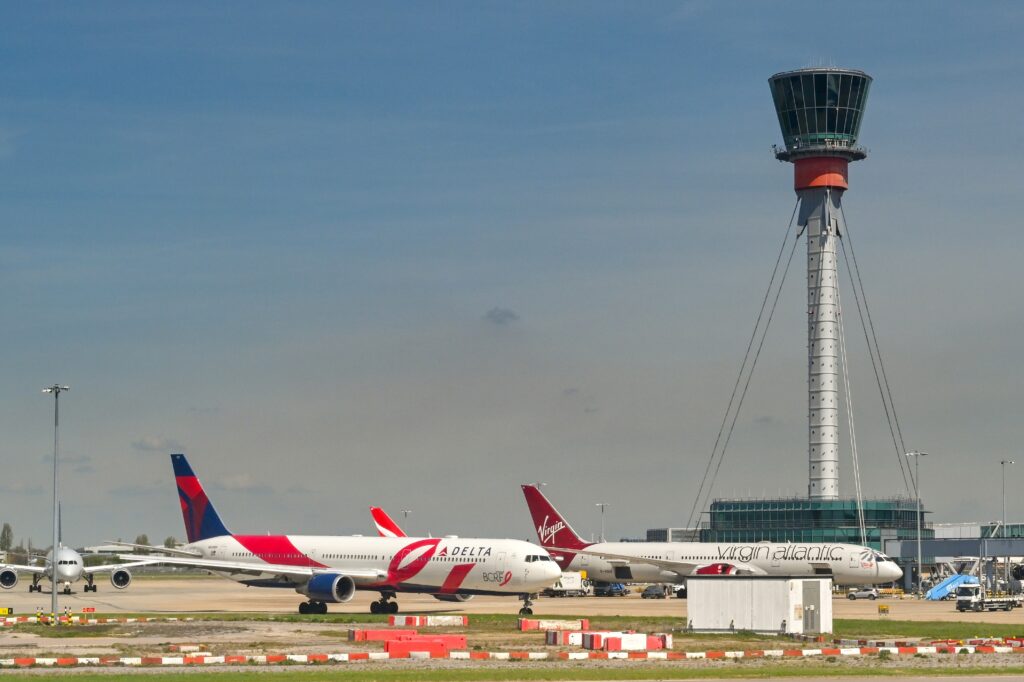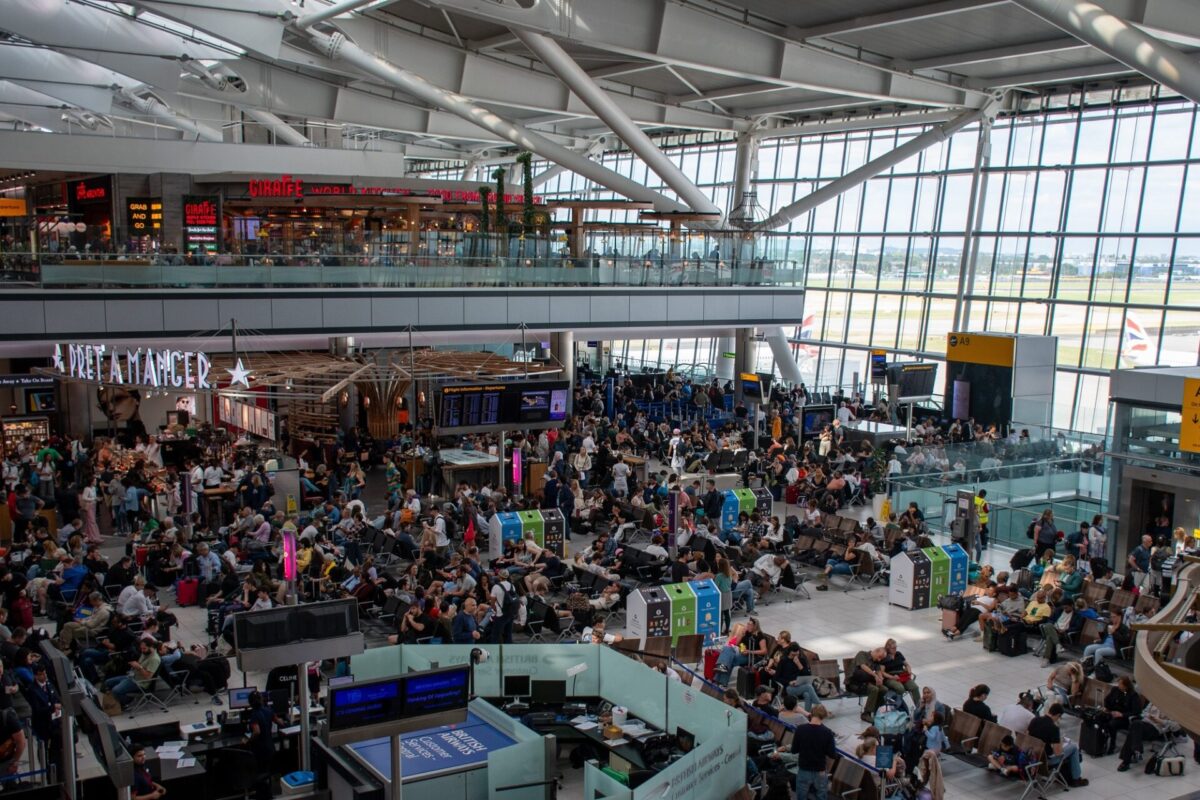The UK Civil Aviation Authority (CAA) has published its final report on the events that led to travel disruptions for 700,000 passengers on a Summer Bank Holiday in 2023.
On August 28, 2023, around 300,000 travelers faced swathes of cancellations when the air traffic control system that keeps the UK’s skies safe suffered a fault.
According to the CAA’s report, published on November 14, 2024, NATS, which provides British air traffic control services, was thrown into disarray when the flight planning system, known as FPRSA-R, received operational information on a transatlantic flight.
The set of data came from the airline French Bee, which was operating a flight due to depart Los Angeles International Airport (LAS) for Paris Orly Airport (ORY).
Among the data was a “grouping of six distinct attributes which, taken in combination, created a unique exception that the system was unable to process”.

Due to an anomaly, the system would not process the data so it could “establish a reasonable course of action that would preserve safety” and instead it raised a “critical exception”.
Consequently, from 08:32 on August 23, 2024, automatic processing of flight plans stopped, and manual entry became necessary to maintain safety.
Facing a unique set of events, NATS set about trying to rectify the problem as the ability for air traffic control to manage aircraft numbers above UK skies reduced significantly.
As NATS employees at the main office in Swanwick worked on the problem, a key company engineer was assisting from home and advising colleagues on identifying and resolving the issue.
By 10:12, the number of flights air traffic control could manage continued to fall due to regulations and technical solutions had been exhausted. The decision was then made for the key engineer to join the team in Swanwick and initiate a full system restart.
With the entire team relying on the expertise of one engineer, the situation remained unsolved for another almost two hours until they arrived on site at 11:47.
At 12:39, after more than four hours had passed since the software exception had occurred, a call took place between NATS and the original software manufacturer, Comsoft.
The supplier was able to isolate the message that had caused the software exception while allowing the remaining messages to pass freely into FPRSA-R.
At 13:26, an initial batch of test flight plans was processed by FPRSA-R and at 14:27 the system began to auto-process flight plans again.
All regulations in place that had restricted the number of aircraft in UK airspace were removed by 18:03.
In its report, the CAA said that the “circumstances under which this incident could occur and lead to the software exception noted are extremely rare, with a flight plan needing to include a combination of, as a minimum, six specific attributes”.
The CAA praised NATS employees who “reacted professionally to the event as it evolved” and were “appropriately trained, qualified and rostered”.
The agency also said that “while escalation procedures were followed, earlier contact with the supplier would most likely have expedited resolution of the event”.
Additionally, there was a 26-minute delay when the key engineer suffered a password login issue once on site. Although the engineer had entered the correct password, the server failed to recognize it.
‘A major failure’
In conclusion, Jeff Halliwell, Chair of the Independent Review Panel, said: “The incident on 28 August 2023 represented a major failure on the part of the air traffic control system, which caused considerable distress to over 700,000 aviation passengers, and resulted in substantial costs to airlines and airports. Our report sets out a number of recommendations aimed at improving NATS’ operations and, even more importantly, ways in which the aviation sector as a whole should work together more closely to ensure that, if something like this does ever happen again, passengers are better looked after.”
The panel made a total of 34 recommendations for future improvements, including 12 to NATS, 11 to the CAA, six to airlines and airports and five to the UK government.
Rob Bishton, CEO of the UK Civil Aviation Authority, said: “This final report gets to the heart of what went wrong in August 2023 and sets out a number of recommendations that are sector-wide in their scope. It is vital that we learn the lessons from any major incident such as this.”
The total cost of the technical failure to industry and air passengers is likely to have been between £75 and £100 million ($95-$126 million).
You can read the full report on the UK Civil Aviation Website.

